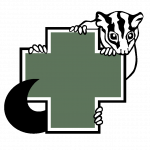RESCUE ADVICE
Possums & Gliders
Possums and gliders that are found on the ground and/or during the day must always be reported- they are nocturnal animals, and this is abnormal behaviour that is often due to sickness or rat bait poisoning.
Possums in particular is the Australian marsupial most often seen by city dwellers, as it is one of few that thrive in cities and a wide range of natural and human-modified environments. Around human habitations, common brushtails are inventive and determined foragers with a liking for fruit trees, vegetable gardens and even kitchen raids.
Hunter Wildlife Rescue volunteers are unable to relocate a possum who has taken up residence in peoples roof cavities, sheds and other strange places. Read our advice below to learn more about living with possums.
If you find an injured or sick echidna, please call our 24/7 Rescue Line on 0418 628 483. It is operated by volunteers at WIRES. They will alert our team and a trained rescuer will be out as soon as possible.
Possums & Gliders In The Hunter
Common Ringtail (Pseudocheirus peregrinus) and Common Brushtail (Trichosurus vulpecula) possums are two of the most common species we rescue and rehabilitate. These species thrive in cities and a wide range of natural and human-modified environments as determined, opportunistic foragers.
Throughout the Hunter Valley, we are lucky enough to encounter several species of native glider; the most common of which are the feathertail glider (Acrobates pygmaeus), sugar glider (Petaurus breviceps) and squirrel glider (Petaurus norfolcensis).
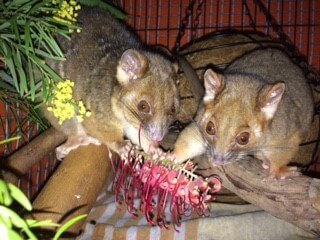
Ringtail Possums
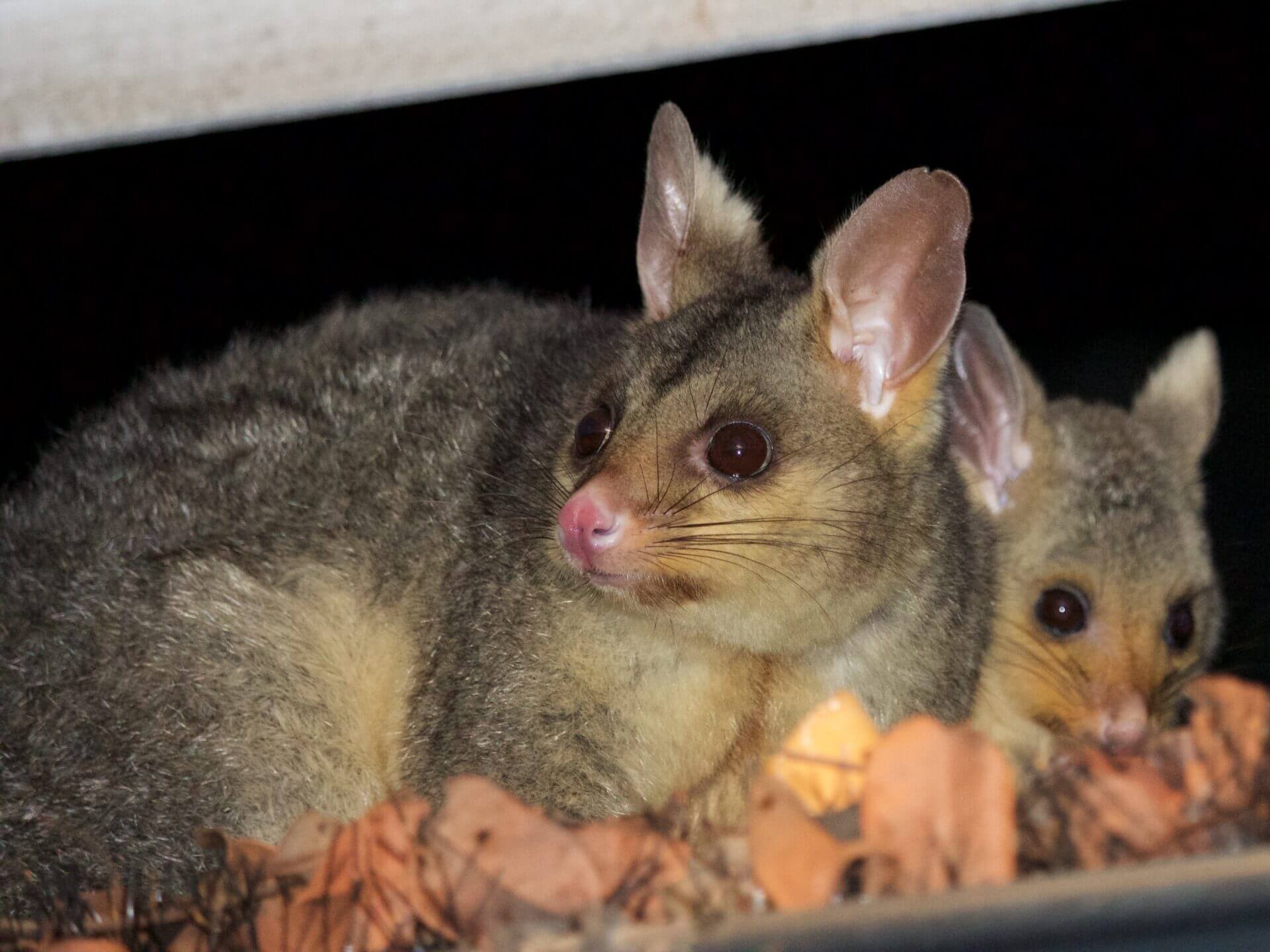
Brushtail Possums
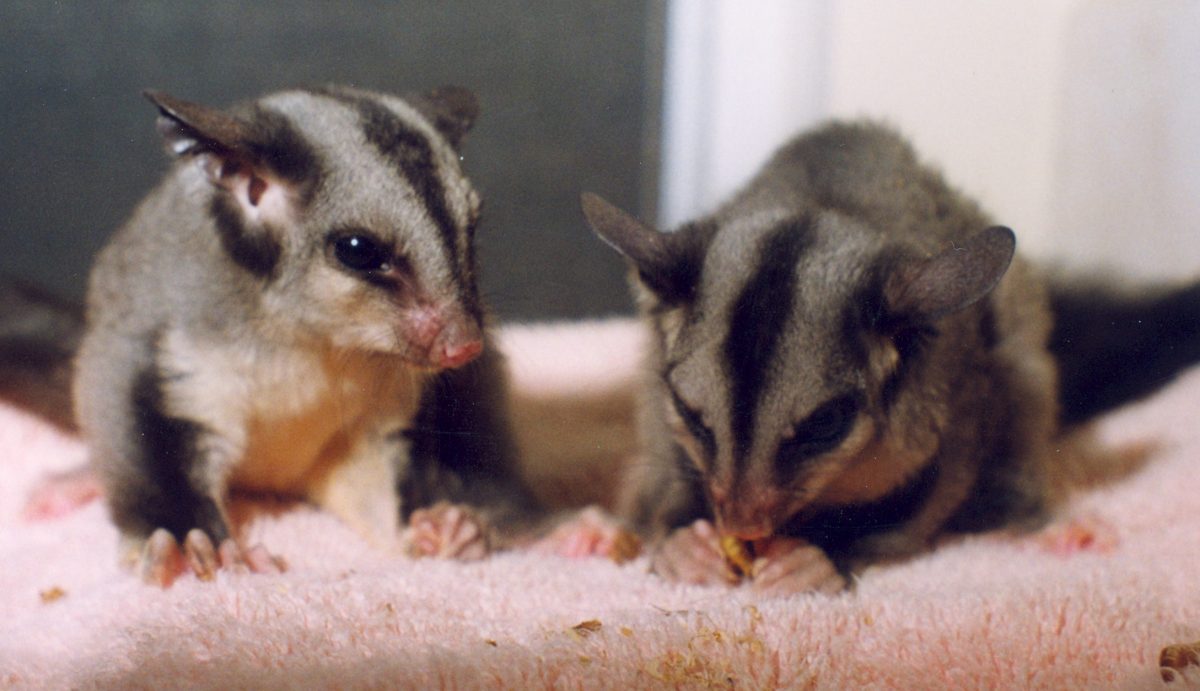
Squirrel Gliders
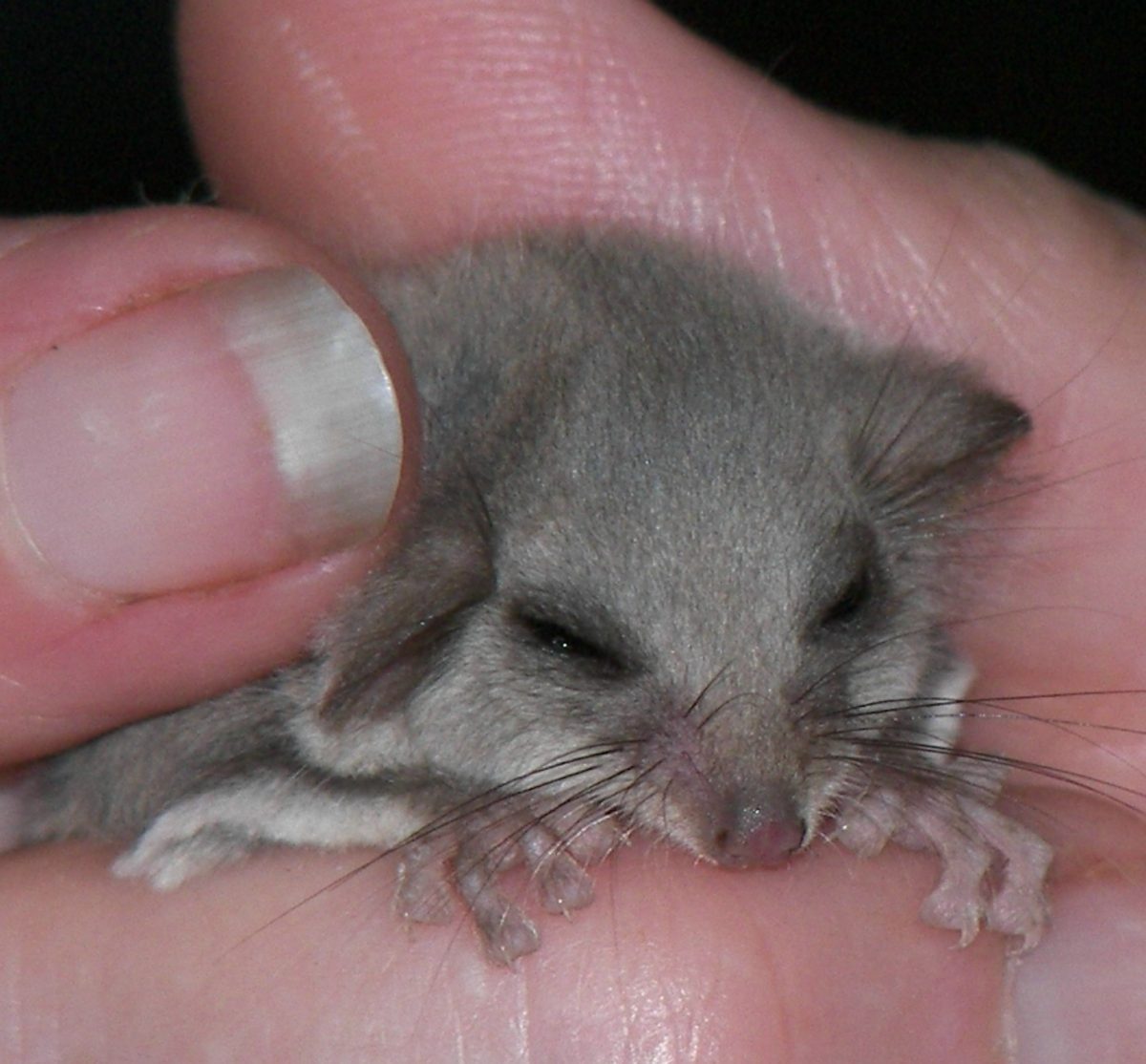
Feathertail Gliders
Rescue Advice
The most common reasons for a possum rescue is a cat or dog attack or orphaned joey. The most common reasons for a glider is entanglement from wire, attack by a cat or dog or stuck in an unsuitable habitat.
If you find an injured or orphaned possum or glider:
- Don’t feed it! Possums have specialised diets. Fruit, especially, can make species such as the ringtail possum very sick.
-
Gliders and possums that come into contact of any kind with cats MUST come into our care to be treated with antibiotics to stave off infection. One bite from a cat left untreated will likely kill the possum.
-
Never attempt to remove a glider (or any animal) from barbed wire yourself. This often worsens the situation for the animal and should be left to specifically trained members of our rescue crew.
-
Place the animal in a secure environment such as a pillowcase with the top tied securely or a secured box. Cover with a towel to reduce visual stimuli
-
Place the animal somewhere warm, quiet and dark to reduce the stress. This means no nursing or cuddling, no photos, no interactions with the pet dog, etc.
-
A water bottle filled with warm (never boiling) water wrapped in cloth may be placed next to a baby possum if it is cold or if it is unfurred (also referred to as a “pinkie”).
Living With Possums
We often receive calls regarding possums who have taken up residence in peoples roof cavities, sheds and other strange places. We are unable to relocate these possums, as the vast majority of possums die after being translocated from their territory. Instead, consider putting a possum box up for them.
You will need to get the possum’s entry point fixed so the possum cannot re-enter. By law, the possum will be released in the same area.
Advice from NSW Office of Environment & Heritage:
Due to habitat loss, possums sometimes resort to living in roofs or chimneys of houses, garages or sheds. If a possum has made its home in your roof, follow these steps to remove the possum and ensure that it does not return.
1. Provide an alternative home for the possum by constructing a sturdy, weatherproof see our page How to Build a Possum Box.
2. Where possible, get inside your roof and locate the possum’s nest. The nest, which has the scent of the possum, should be placed in the new possum box to encourage the possum to its new home.
3. Securely fix the possum-house to a tree in or near your yard. Place it at least 4 metres from the ground so the possum will be out of reach of domestic cats and dogs.
4. To encourage the possum to investigate its new home, put half an apple, banana or a cob of corn in or near the possum box.
5. Trim any branches that overhang the roof to remove access to your roof.
6. Spread some quassia chips throughout the roof cavity to repel the possum. These can usually be found at hardware stores, or a local pharmacy.
If you can’t find quassia chips, you could repel the possum by spreading eight blocks of camphor or one or two boxes of mothballs throughout the roof cavity. Do not use both camphor and moth balls as they react chemically with each other.
7. Place a light in the roof cavity and keep it switched on for 3 days and nights. The combination of the light and the smell should drive the possum out of your roof and hopefully into the possum box you have provided.
8. If you do not hear the possum for a few nights, it has probably found a new home. To prevent the possum from returning, block off the access points into your roof with timber, chicken wire or both. Night-time is the best time to block off the access points as the possum will have left to forage for food. Do not block off the access points unless you are certain the possum or possums have left your roof.
If this does not deter the possum, it may need to be trapped. Note that under the National Parks and Wildlife Act 1974, it is illegal to kill or catch and release possums without a licence.
Members of Hunter Wildlife Rescue can not remove possums from inside roofs, wall cavities, under houses etc. You will need to call a licensed fee-for-service pest control company such as:
- Amalgamated Pest Control – 4943 9999
- Possum Plus – (Greg) – 1300 164 831 or 0432433784
- Aristocrat Pest Control (Peter) – 0408862859
